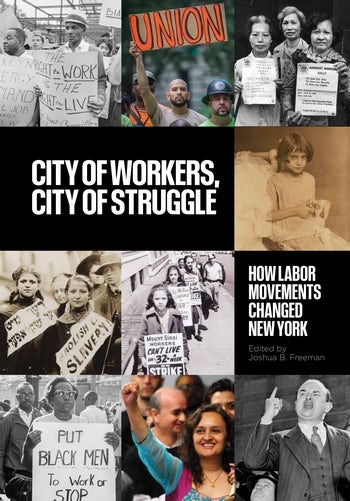"You don’t have to be a geometry major to love The Greatest Grid: The Master Plan of Manhattan 1811-2011"
The Greatest Grid: The Master Plan of Manhattan 1811-2011, by Hilary Ballon was recently reviewed in today’s New York Times.
The exhibit currently at the Museum of the City of New York upon which the book is based was also featured in today’s New York Times. As the article points out the grid, now at 200, while not always appreciated for its aesthetic value has served the city well allowing it to expand, and became a model for other cities. Among the more obvious benefit of making the city more navigable, the grid also has promoted sociability, ecological efficiency, and of course allowed some landowners. to make a lot of money
In describing reactions to the grid, Sam Roberts writes in his review of the book The Greatest Grid:
Some planners despised the grid for its rigidity and for its contribution to gridlock, a term popularized during the 1980 transit strike by the Traffic Department engineers Sam Schwartz and Roy Cottam. But others hailed it as a utilitarian, egalitarian and resilient tool that fostered development in a city of pedestrians. It imposed a Cartesian orderliness on the city, much as this book does on its subject matter.
Roberts continues with a brief description of the book:
Essays by two dozen contributors and a plethora of drawings, photographs and maps vividly illustrate why the grid was conceived and how it was planned and imposed during its first 60 years (in a public works process that also benefited the Tweed Ring, politically and financially). Michael Miscione, the Manhattan borough historian, describes how the grid laid the groundwork for the consolidation of Greater New York and for, as Amanda M. Burden, the City Planning Commission chairwoman, notes, the rise of New York’s three-dimensional grid of skyscrapers.





